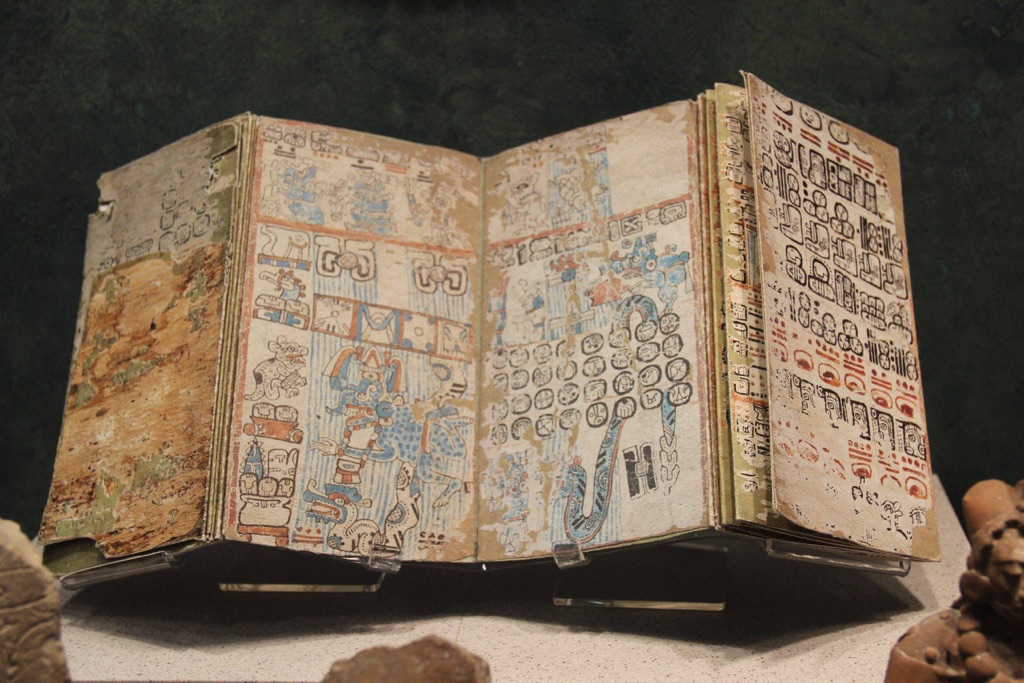The Ancient Maya, a vibrant civilization, left a significant mark on Central America. They thrived for nearly 2000 years, between 2600 B.C. and 900 A.D., known for their sophisticated culture, remarkable architectural feats, and advanced understanding of mathematics and astronomy. Their society was complex, with a deep-rooted spiritual belief system, hierarchical structure, and a profound appreciation for art and science. Despite their decline, the Maya culture continues to influence modern societies, particularly in Mexico and Central America.
Get your dose of History via Email
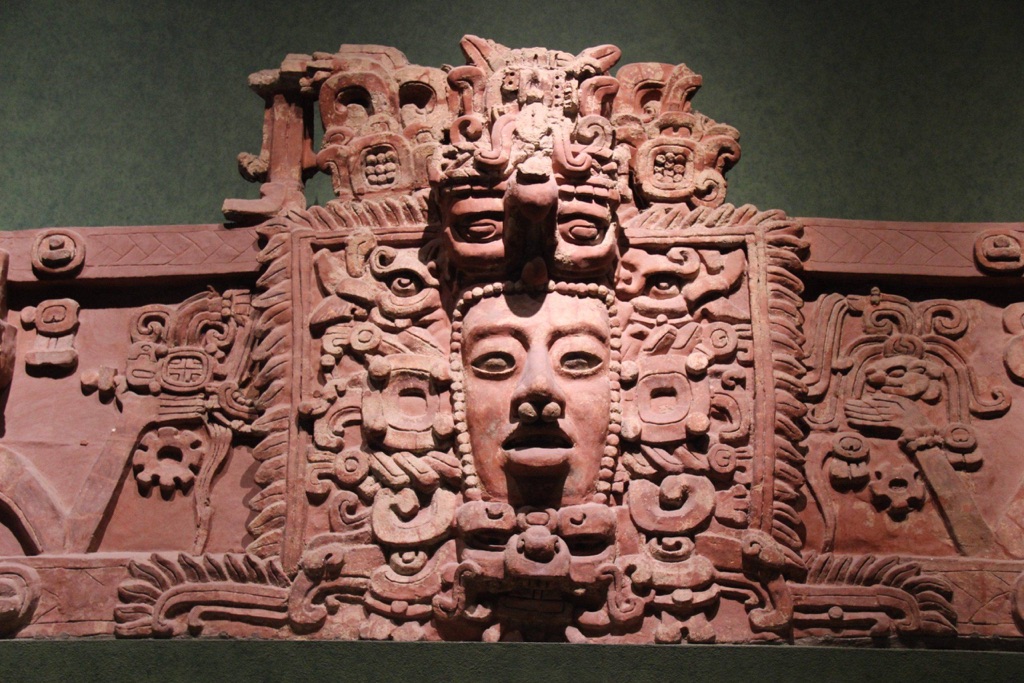
Where did the Maya come from?
The Maya civilization originated in the tropical lowlands of what is now Guatemala. Their culture started to take shape around 2000 B.C., during the Preclassic period. They expanded their influence to encompass parts of modern-day Mexico, Belize, Honduras, and El Salvador. Unlike other dispersed ancient civilizations, the Maya were never a unified empire. Instead, they were a collection of independent city-states sharing a common culture.
These city-states were sophisticated, featuring grand plazas, temples, and palaces. Each city-state had its own noble ruler, who was both the political leader and a religious figure. The Maya civilization was not just about grandeur and power; it was also a culture deeply connected to nature and the cosmos, which is evident in their architecture, art, and spiritual beliefs.
Over time, the Maya developed an intricate system of writing, using hieroglyphs to record their history, beliefs, and astronomical observations. This system was unique in the Western Hemisphere and played a crucial role in the civilization’s cultural and intellectual growth.
The Maya’s understanding of agriculture, particularly maize cultivation, was central to their society. This knowledge allowed them to sustain large populations and facilitated the development of their complex civilization. They also traded extensively with neighboring cultures, exchanging goods like obsidian, jade, chocolate, and feathers.
By the end of the Classic period (around 900 A.D.), many of the Maya city-states had declined. The reasons for this are still debated among historians and archaeologists. However, some Maya communities survived in the Postclassic period and continue to thrive today, keeping their unique culture alive.
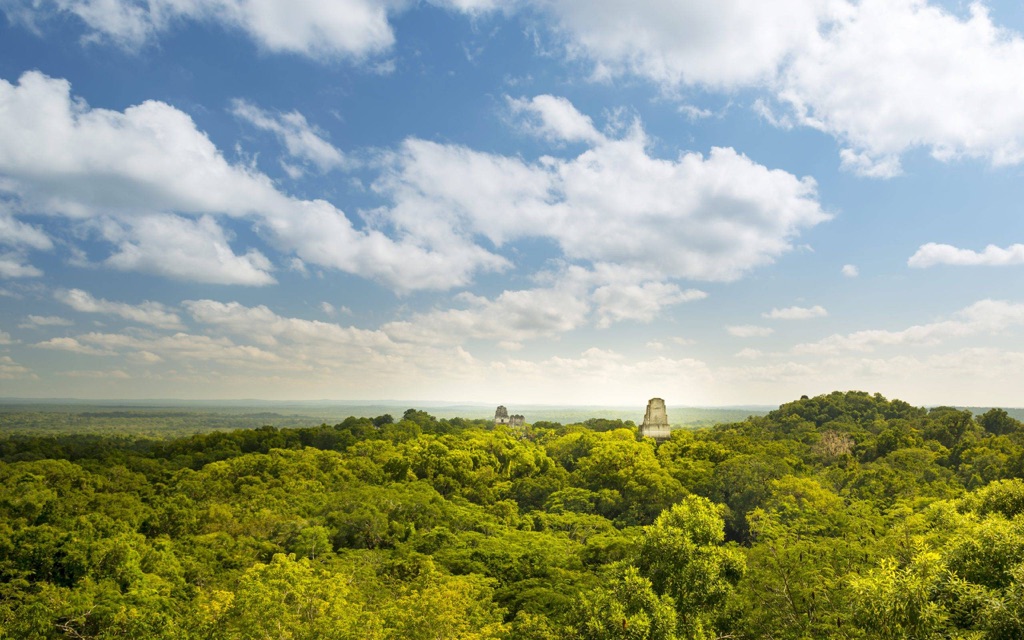
What destroyed the Mayan empire?
The decline of the Maya civilization is a subject of ongoing debate among historians. There’s no single accepted explanation, but a combination of factors likely contributed to their downfall. Around 900 A.D., many of the great Maya city-states were abandoned, marking the end of the Classic Maya period.
One of the primary theories suggests that environmental changes, including severe drought and deforestation, led to the collapse. The Maya heavily depended on their environment for survival. Any drastic changes would have had a significant impact on their agriculture, leading to food shortages and social unrest.
Another theory points to internal conflict and warfare among the various city-states. As resources became scarce, competition increased, leading to more frequent and destructive wars. This could have destabilized the society and contributed to its decline.
Overpopulation is another factor often cited. As the population grew, it put increasing pressure on the environment and resources, leading to over-farming and deforestation. This could have resulted in soil degradation and a decrease in agricultural productivity, further exacerbating food shortages.
While these theories offer potential explanations, it’s important to note that the Maya civilization didn’t disappear overnight. Many Maya communities survived and continue to exist today, particularly in the Yucatan Peninsula.
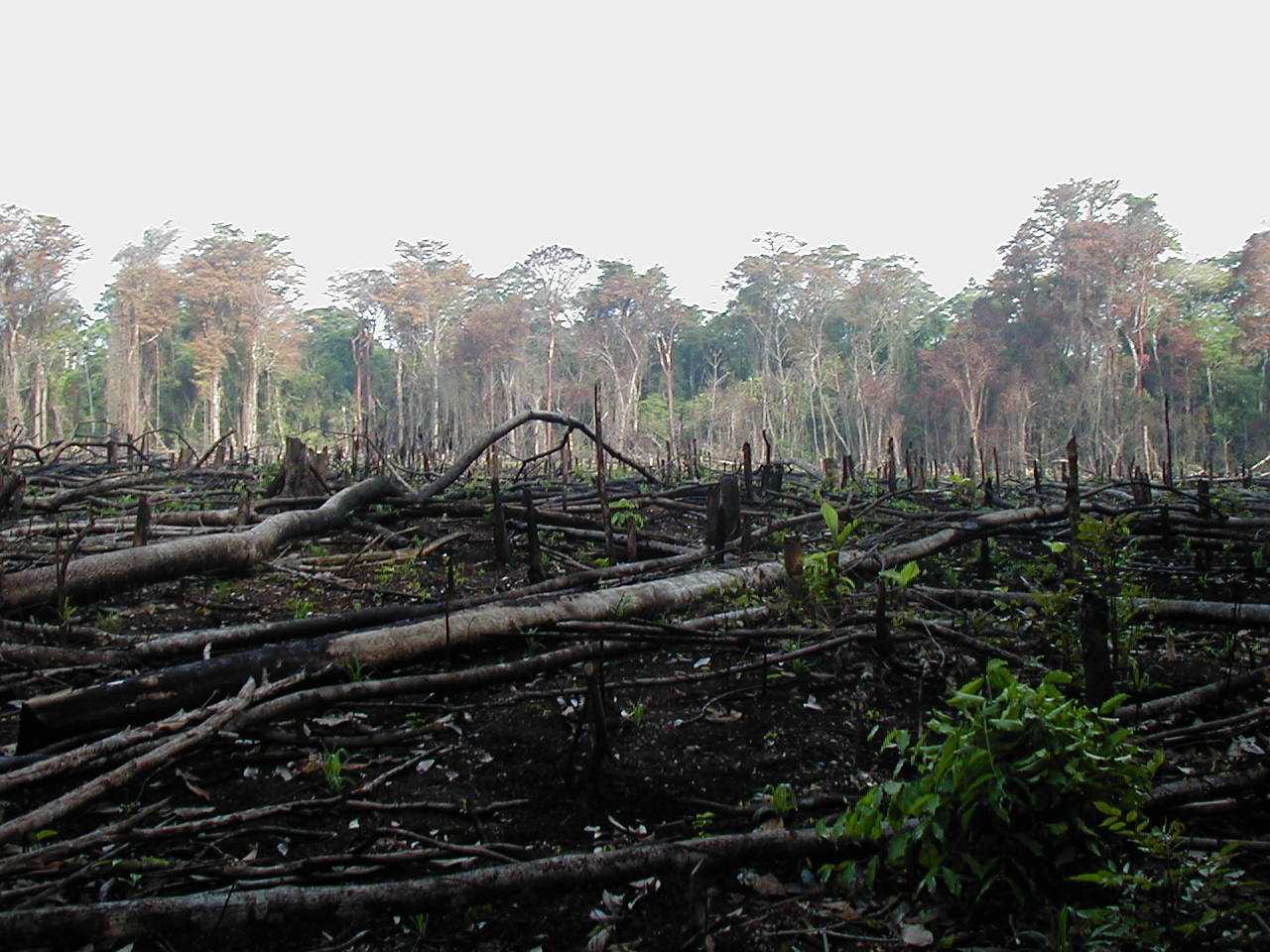
How old is the Mayan culture?
The roots of the Maya culture can be traced back to around 2000 B.C., during the Preclassic or Formative period. This makes it one of the oldest cultures in the Western Hemisphere. The civilization reached its peak during the Classic period, from 250 A.D. to 900 A.D., when their cultural, intellectual, and architectural achievements were at their height.
Despite the decline of the great city-states after 900 A.D., the Maya culture continued to exist in various forms. During the Postclassic period, from 900 A.D. to the Spanish conquest in the 16th century, the Maya civilization underwent significant changes. However, they managed to preserve many aspects of their culture, including their writing system, art, and religious beliefs.
The arrival of the Spanish in the 16th century had a profound impact on the Maya. Many were converted to Christianity, and their cities were destroyed or abandoned. Despite these challenges, the Maya people managed to preserve aspects of their culture, passing them down through generations.
Today, the Maya culture is still alive and vibrant, particularly in Guatemala, Belize, Honduras, El Salvador, and the Yucatan Peninsula in Mexico. Many modern Maya communities maintain their traditional practices, languages, and beliefs, while also incorporating aspects of modern life.
So, while the ancient Maya civilization began over 4000 years ago, the culture is still very much alive today, making it one of the longest continuous cultures in the world.

What did the Mayans invent?
The Maya were innovative and creative, contributing many inventions and discoveries to the world. One of their most significant contributions was the development of a complex writing system, using hieroglyphs to record their history, beliefs, and astronomical observations. This system was unique in the Western Hemisphere and was a critical part of their cultural and intellectual growth.
The Maya were also skilled mathematicians. They developed a sophisticated numerical system, including the concept of zero, which was an advanced idea for the time. This system allowed them to make accurate astronomical observations and predictions, which were integral to their religious beliefs and daily life.
Architecture was another area where the Maya excelled. They built grand cities with intricate designs, featuring plazas, temples, and palaces. They used advanced techniques, like the corbel arch, to construct their buildings. Many of these structures have survived and are a testament to their architectural prowess.
The Maya also had a deep understanding of agriculture. They cultivated a variety of crops, including maize, beans, squash, and cacao. They developed advanced farming techniques, like terracing and raised fields, to improve their agricultural productivity.
Furthermore, the Maya were skilled artisans, creating beautiful pottery, sculptures, and murals. They used materials like jade, obsidian, and feathers to create intricate works of art, many of which have survived to this day.
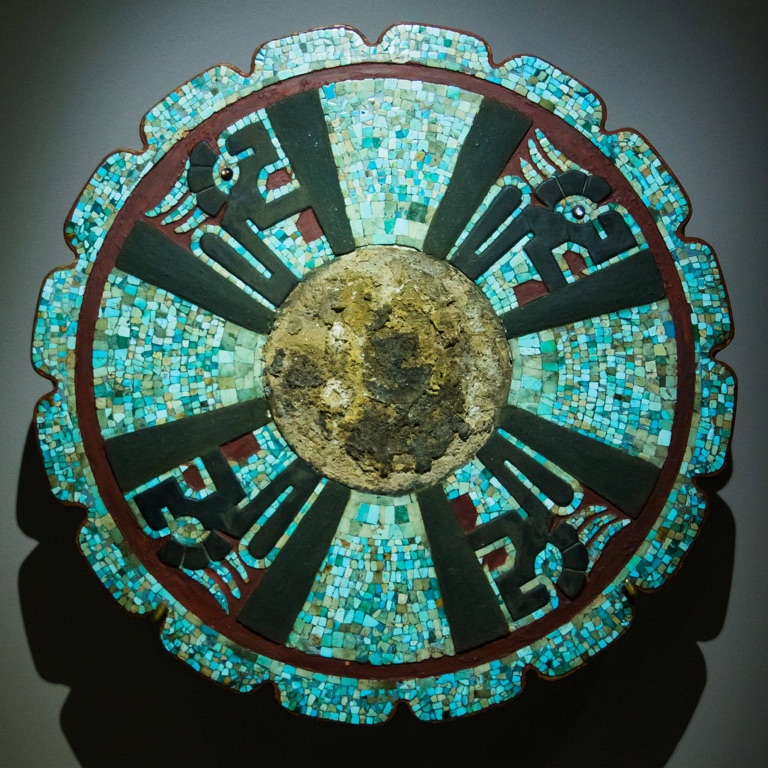
Is the Maya culture still alive today?
Yes, the Maya culture is very much alive today. Despite the decline of the great city-states after 900 A.D. and the Spanish conquest in the 16th century, the Maya people have managed to preserve and pass down their culture through generations.
Today, there are several million Maya people living in their ancestral homelands in Mexico, Guatemala, Belize, Honduras, and El Salvador. They continue to speak various Mayan languages, practice traditional rituals, and produce traditional arts and crafts.
Many modern Maya communities still practice traditional farming techniques, like slash-and-burn agriculture, and cultivate traditional crops, like maize, beans, and squash. They also continue to celebrate traditional festivals and ceremonies, many of which are based on their ancient religious beliefs and astronomical observations.
While the modern Maya have incorporated aspects of modern life, they have also fought to preserve their cultural heritage. They have faced challenges, like discrimination and economic hardship, but they continue to maintain their unique identity and traditions.
So, while the ancient Maya civilization may have declined, the Maya culture is still vibrant and thriving, continuing to influence the modern world.
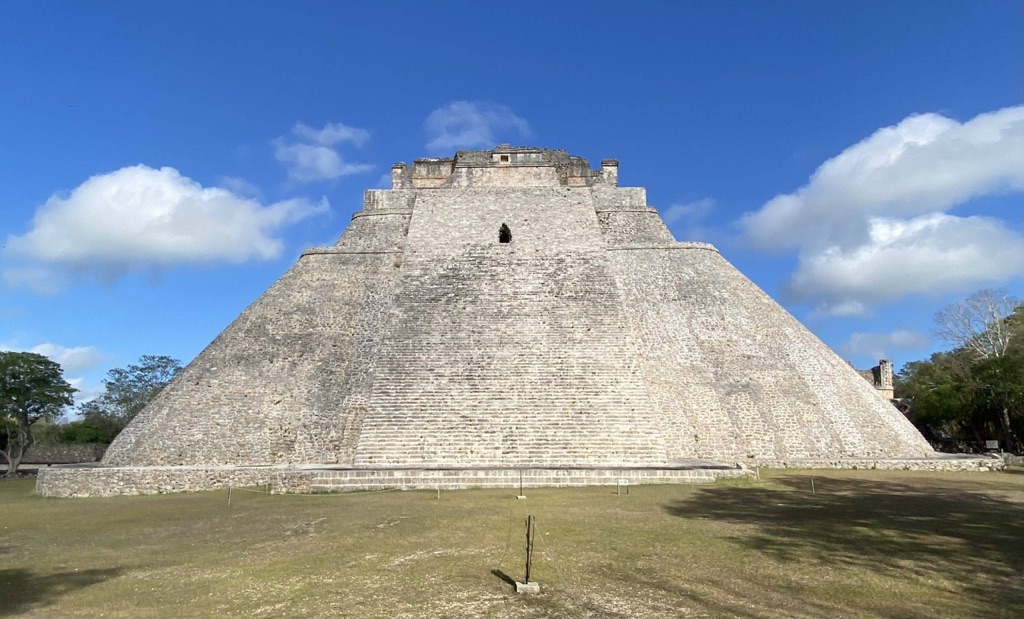
Conclusion and Sources
The history of the Ancient Maya is a fascinating journey through time, from their origins in the tropical lowlands of Guatemala to their decline and the survival of their culture today. Their remarkable achievements in writing, mathematics, architecture, and agriculture have left a lasting legacy. Despite the challenges they have faced, the Maya people have managed to preserve their unique culture, which continues to thrive today.
For further reading and to delve deeper into the history of the Ancient Maya, here are some reputable sources:

